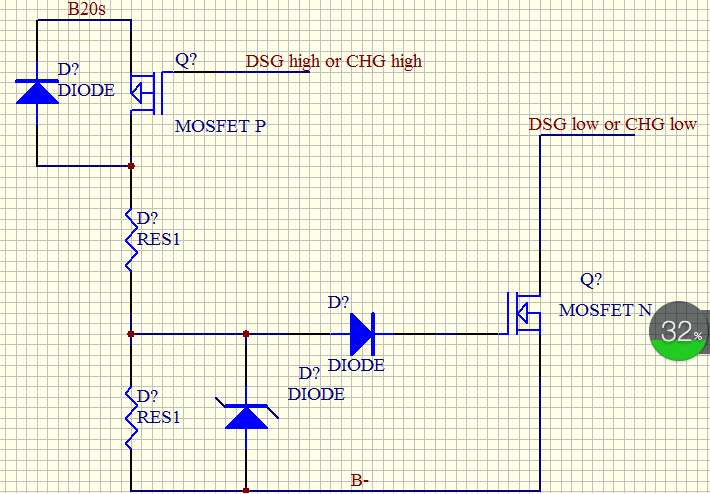I want to design 20S Li-ion bicycle BMS by two bq76930,How to connect the CHG and DSG pin by mosfet design?thanks!
-
Ask a related question
What is a related question?A related question is a question created from another question. When the related question is created, it will be automatically linked to the original question.


